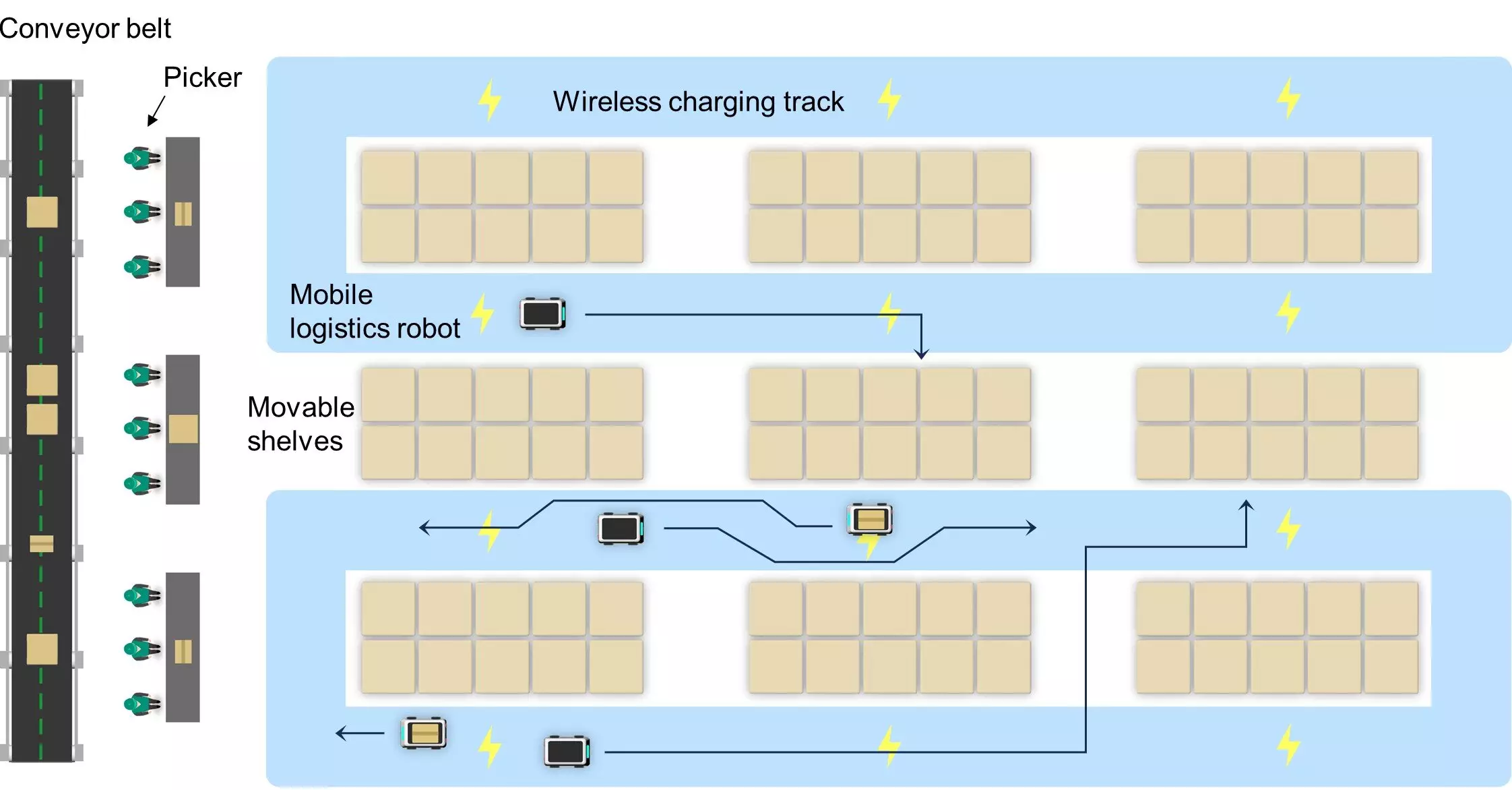In a significant move towards advancing the electric vehicle (EV) industry, researchers from UNIST are ushering in a new era of wireless charging technology. Spearheaded by Professor Franklin Bien from the Department of Electrical and Electronic Engineering, this groundbreaking development introduces a track-based wireless power supply that keeps electric vehicles energized while in motion. Unlike conventional charging methods that require stationary vehicles to access charging stations, this new technology offers a seamless experience by providing continuous power during transit. The study detailing this innovative approach is published in the prestigious journal, Applied Energy.
The wireless charging system employs a sophisticated approach to energy transfer, utilizing a network of wires to generate a robust magnetic field. This setup allows EVs to travel freely along designated power tracks, receiving energy without being tethered to any physical connections. By circulating electric currents through an electromagnetic generator, the system creates an expansive circular magnetic field, enabling efficient energy transfer. This revolutionary concept not only does away with the need for expensive ferromagnetic components, but it also enhances vehicle maneuverability, allowing drivers to navigate both forward and backward effortlessly.
Efficiency and Design Optimization
One of the standout features of this wireless system is the development of algorithms aimed at optimizing the design of both the power supply tracks and vehicle receivers. This optimization has led to impressive results, boosting power transfer efficiency to approximately 90%. In a landscape where traditional methods often complicate the charging process with high costs and durability issues, this innovative technique presents a solution that is both practical and economically viable. In this way, the research team addresses the critical barriers that have historically hindered the proliferation of dynamic wireless charging systems.
Safety and Compliance Considerations
Recognizing the importance of safety and regulatory compliance, the UNIST research team has taken careful steps to validate their technology. The system has been rigorously tested to ensure it meets the stringent standards set by the Institute of Electrical and Electronics Engineers (IEEE) and the International Commission on Non-Ionizing Radiation Protection (ICNIRP). These validations not only showcase the reliability of the technology but also its commitment to ensuring public safety in practical applications.
The implications of this technology for the future of electric vehicles are profound. As Professor Bien rightly notes, for transportation systems, including EVs, to achieve true functionality, they should operate flexibly both horizontally and vertically. Currently, most dynamic wireless charging technologies have not realized this potential. However, with further development and implementation of this wireless charging system, challenges such as lengthy charging times and limited driving ranges may become relics of the past. The aspiration is to create a new standard for electric vehicle operation, ultimately transforming the landscape of eco-friendly transportation and fostering a more sustainable future.


Leave a Reply